Septum piercings have enjoyed a huge uptick in popularity over the past few years. But there’s a lot to be mindful of when it comes to treating clients with sensitive skin. In this blog, we’ll break down everything you need to know about septum piercing safety: what body jewelry works best for sensitive skin, and all the key details in between.
Sensitive Skin? You’ve Got Options
Sensitive skin isn’t a deal-breaker. It just means sensitive-skinned clients should stick to certain jewelry materials.
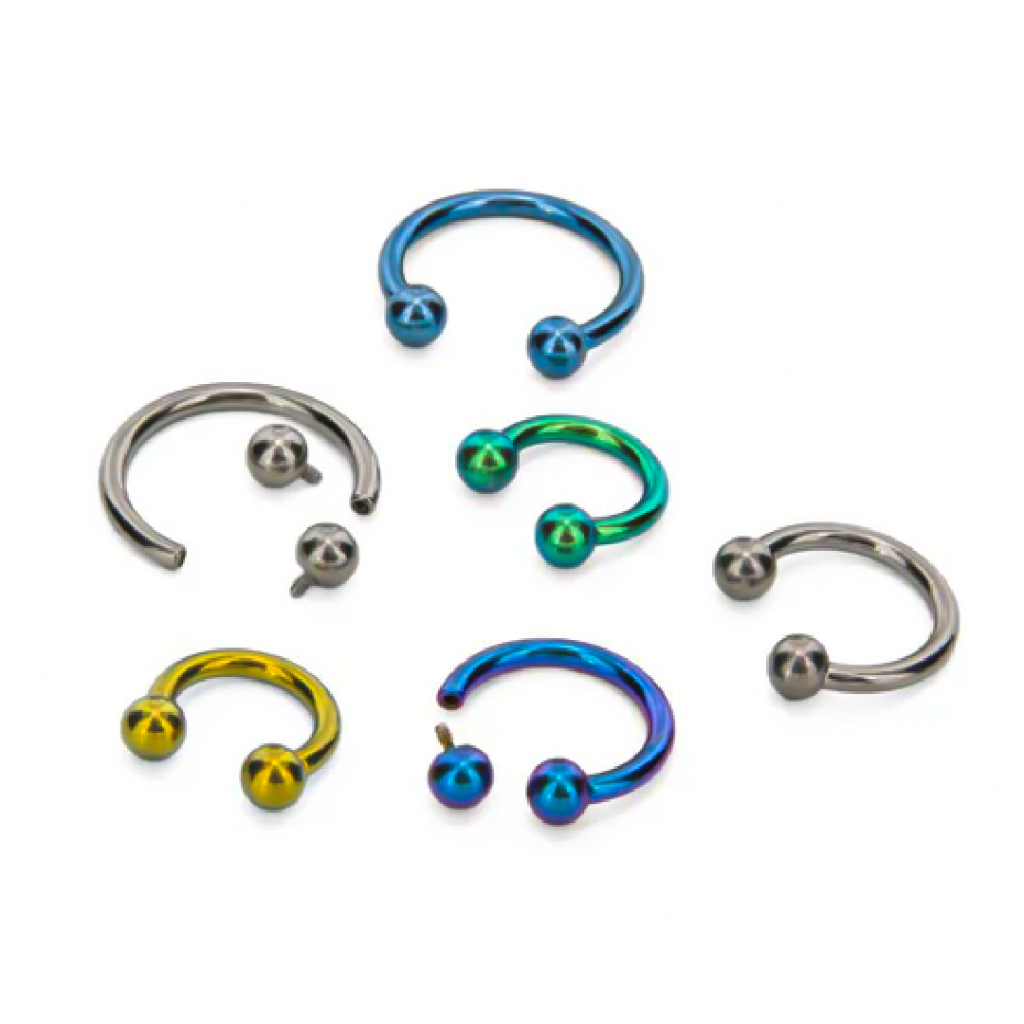
Septum piercing jewelry comes in a wide variety of materials: stainless steel, acrylic, glass, natural stone, wood, and beyond. The following materials are considered the most safe, reliable, and friendly to sensitive skin.
- Titanium: Lightweight, strong, and one of the most hypoallergenic metals out there. Ideal for starter piercings.
- Surgical Stainless Steel (Nickel-free): Durable, affordable, and a go-to for many piercers.
- 14k Gold: A classic, luxe choice that’s safe—just make sure it’s solid, not plated.
Of these three options, high-quality titanium is the safest. It’s a hypoallergenic metal that won’t react with most skin types.
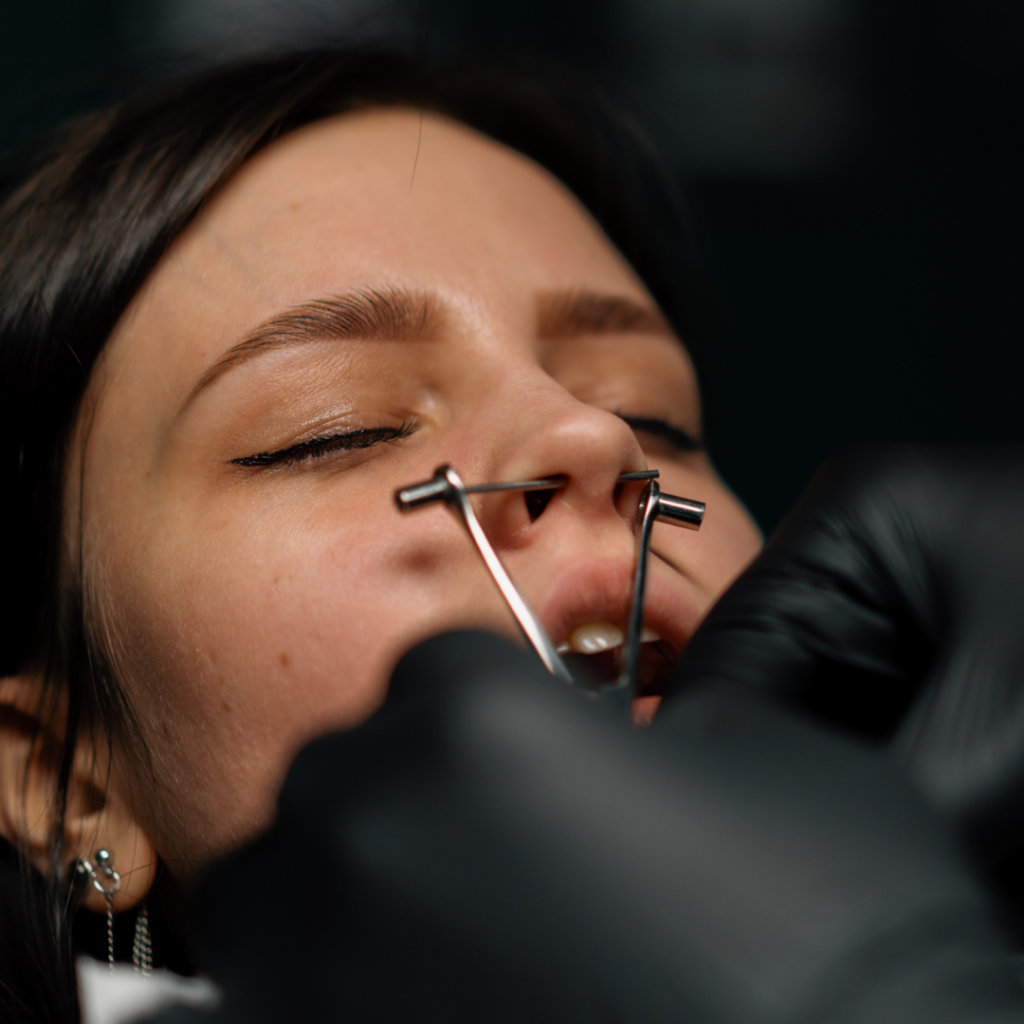
A lot of stainless steel is also hypoallergenic depending on its nickel content. So we recommend always stocking titanium basic body jewelry just to be safe (and advising your clients who complain of sensitive skin to continue purchasing titanium body jewelry).
There’s No One-Size-Fits-All
What works perfectly for one client might irritate another. That’s why it’s important to have a few solid options on hand and take each client’s skin sensitivity seriously. Titanium, as we mentioned above, is largely biocompatible, and it’s rare you’ll have a client who reacts to it. However, it’s always good to have a variety of materials on hand, like stainless steel, solid 14k gold, niobium (an alternative to titanium), and so on. But if you have a client with moody skin in your shop—especially someone coming in for a first-time piercing—make sure you avoid these piercing materials at all costs:
- Nickel
- Sterling silver (including 925)
- Plated jewelry of any kind
- Brass
- Zinc or Copper
- Silicone
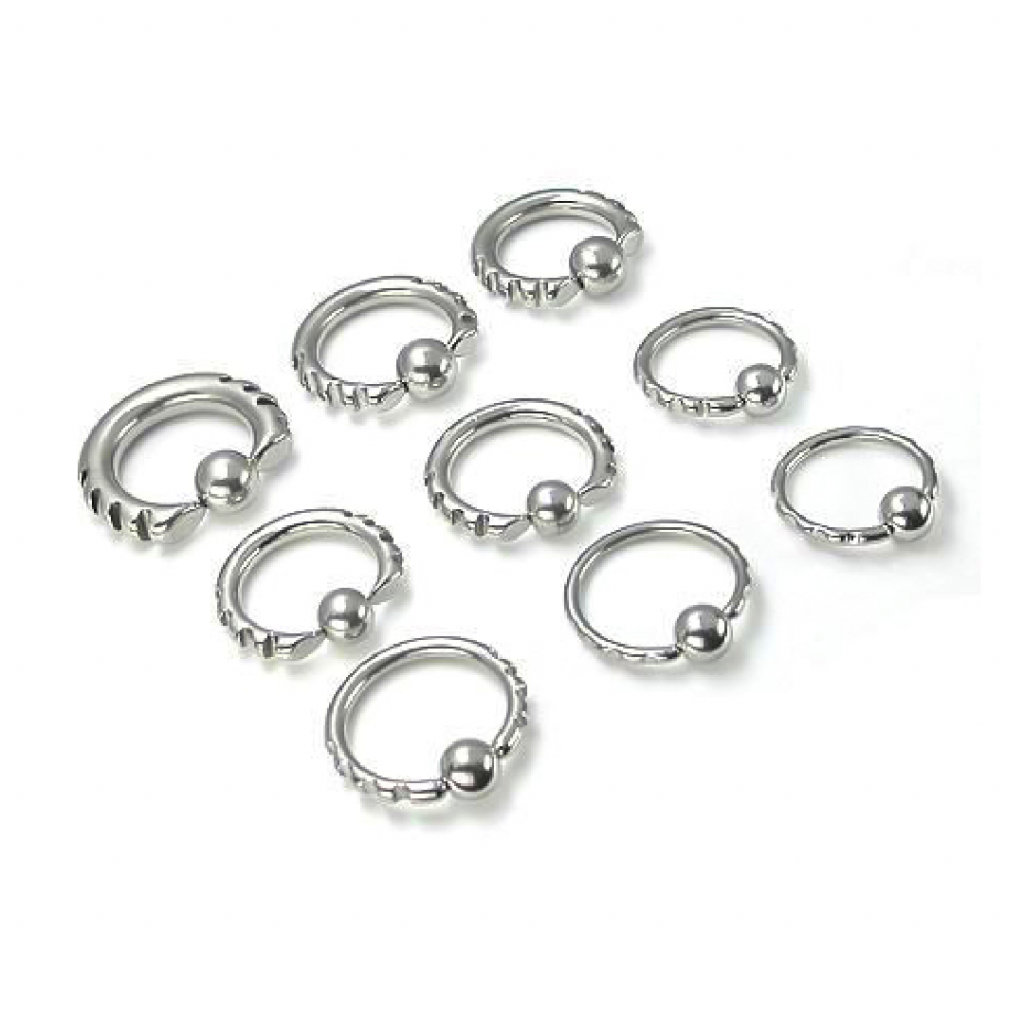
These materials might be budget-friendly, but they can wreak havoc on healing skin. Redness, itching, prolonged healing, or rejection? Not worth it.
Does Septum Piercing Gauge Matter?
Yes, gauge matters—especially for clients with sensitive skin.
Smaller gauges (like 16g or 18g) tend to be kinder to sensitive tissue. Less metal = less irritation. But if a client wants a thicker gauge, just give them a heads-up: it might be a rougher road to healing. Recommend safe stretching practices that will reduce the risk of skin reactions: using plenty of quality, piercer-approved lubrication and stretching by very small degrees with plenty of healing time in between.
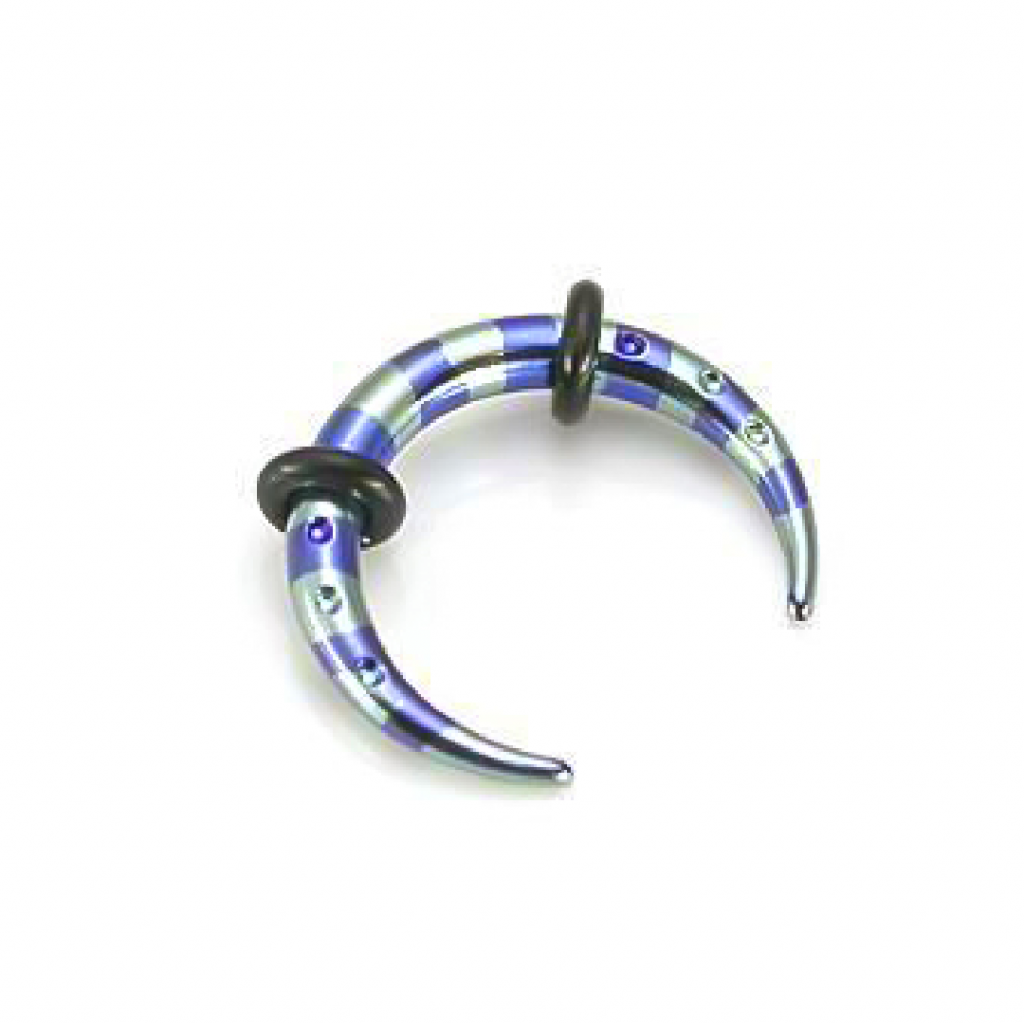
Telling Clients When to Change a Septum Piercing
Make sure your clients know the golden rule before they leave your shop: Don’t mess with the jewelry until the piercing is fully healed—usually about 3 to 5 months.
Some clients will be eager to switch things up way too soon. But early jewelry changes can lead to:
- Irritation
- Delayed healing
- More complications, especially if they’re already prone to skin sensitivity.
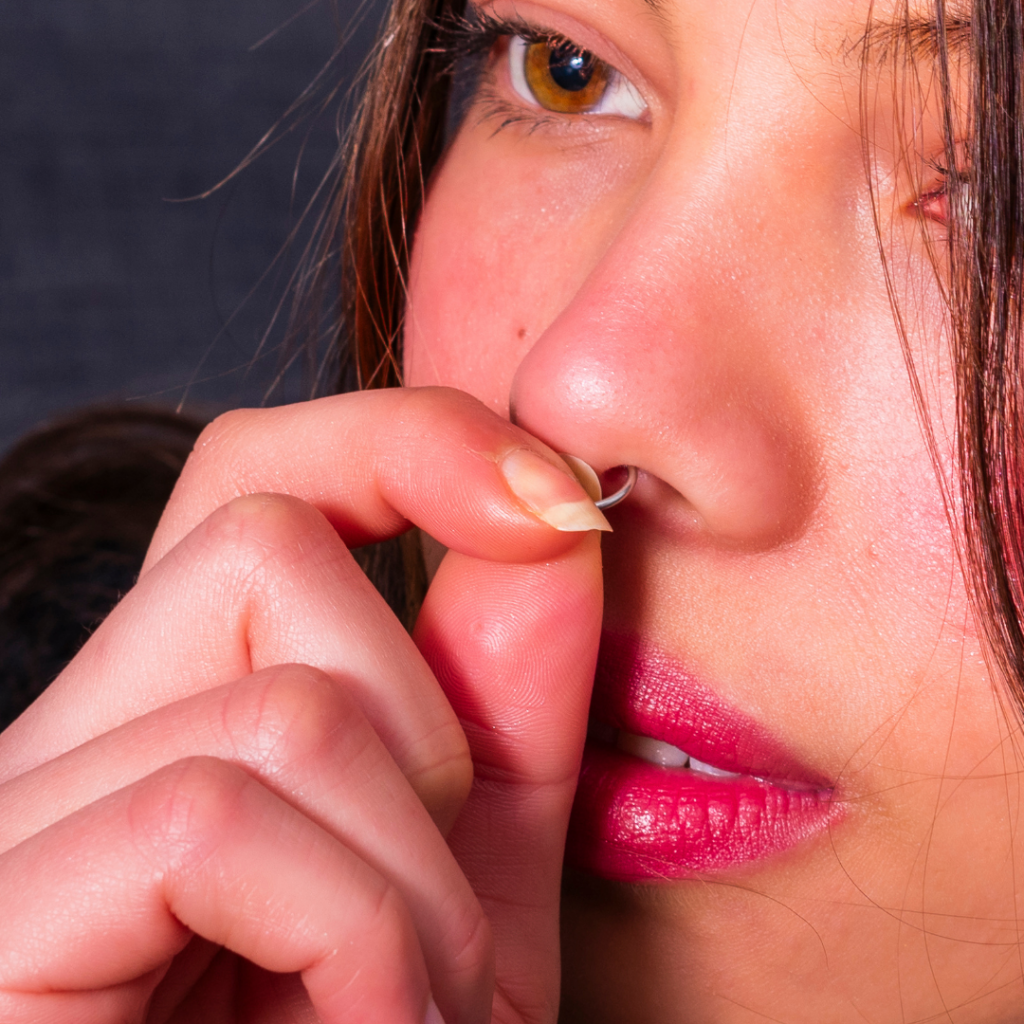
Things like a runny nose or general inflammation are common, so it’s best to play it safely.
Keep It Simple: Three Key Rules
- Always use hypoallergenic jewelry: It’s the easiest way to avoid unnecessary irritation or infection.
- Advise your clients to stick to a quality aftercare regimen. You can point them to this aftercare blog for septum piercings here.
- Always pierce with 16g or 18g needles + body jewelry. If your client wants to stretch later down the road, be sure to give them tips for safe stretching.
In Sum, Sensitive Skin Is NOT A Dealbreaker
Having sensitive skin (or a temperamental nose) doesn’t mean your client has to give up on their piercing goals. With the right materials, proper sizing, and a little patience, they’ll be on their way to a smooth healing process—and a standout septum piercing. Help them do it right, and they’ll be showing off their new look in no time.



Comments are closed here.